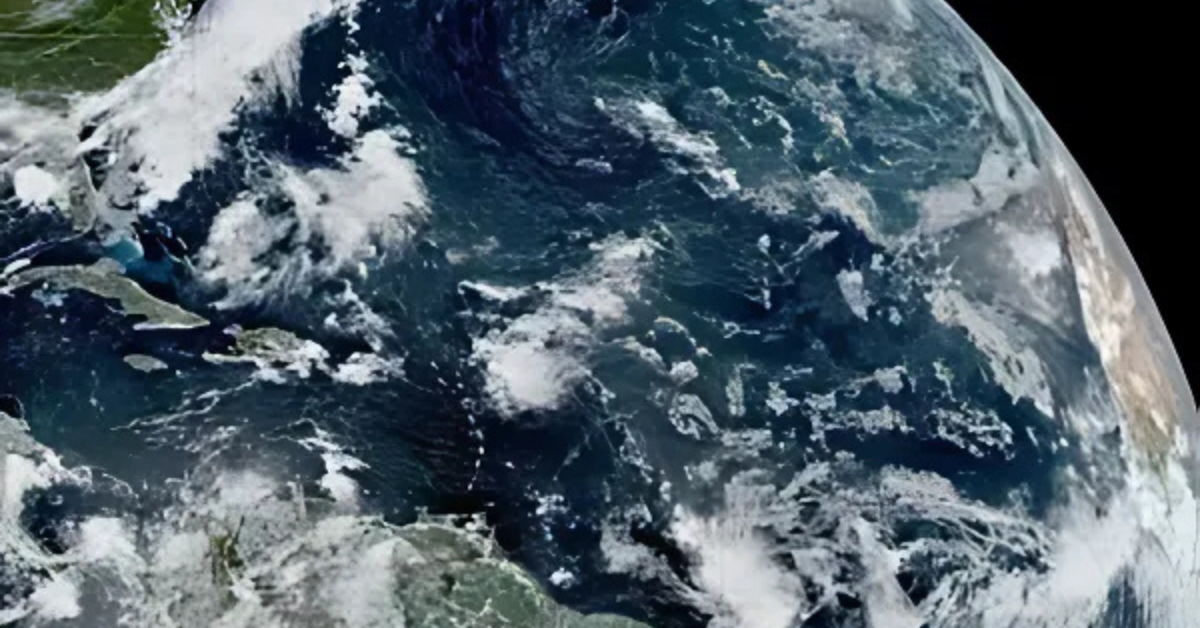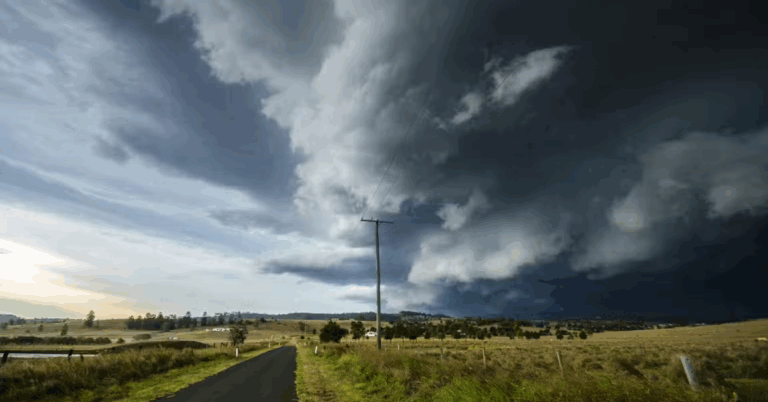
Every year, from June to November, the Atlantic Ocean braces for hurricane season. Usually, September is the most intense month when storms are most frequent and powerful. But this year, the Atlantic Basin has remained surprisingly quiet during the peak weeks, raising questions among meteorologists and the public alike.
While many expect the usual flurry of tropical storms and hurricanes, this calm season has been unusual. Experts are monitoring various factors such as ocean temperatures and wind patterns to understand why the expected hurricane activity has not yet materialized. This article explores what is behind this quiet spell in the middle of hurricane season.
What Makes September the Peak of Hurricane Season?
September is known as the peak of the Atlantic hurricane season because of the perfect conditions that support storm formation. Warm ocean waters, low wind shear, and moist air are more common during this month, fueling storm growth. Typically, more hurricanes and tropical storms develop during this time, with significant impacts on coastal regions.
According to the National Oceanic and Atmospheric Administration (NOAA), about 30% of all tropical storms and nearly 45% of hurricanes in the Atlantic form in September (NOAA). The ocean surface temperatures usually reach their highest, providing plenty of energy for storms to build and intensify.
Why Is the Atlantic Hurricane Basin So Quiet This Year?
The lack of significant hurricane activity during the September peak is unusual and has drawn attention from weather experts across the globe. One possible reason is the presence of strong wind shear across the Atlantic Ocean. Wind shear refers to changes in wind speed or direction at different heights in the atmosphere, which can tear apart developing storms before they grow.
Another factor could be the cooler than normal sea surface temperatures in key parts of the Atlantic, which limits the energy available for storms. The National Hurricane Center reported these cooler temperatures as a key reason for the slow start to the season (National Hurricane Center).
Additionally, the Atlantic region is experiencing dry air and Saharan dust outbreaks, which impact the atmosphere’s humidity levels. Dry air suppresses storm development, making it harder for hurricanes to form and strengthen.
What Does This Mean for Coastal Areas and India?
While the current quiet spell is unusual, it does not mean the hurricane season is over. The calm could be temporary, with storms possibly forming later in the season until November. Therefore, coastal areas in the United States, the Caribbean, and even parts of India’s eastern coastline should remain vigilant.
India experiences its own cyclones mostly during the pre-monsoon and post-monsoon periods, but weather patterns in the Atlantic can indirectly influence global circulation. With climate change affecting weather unpredictably, it is important for residents, especially younger people who are growing up in a changing world, to stay aware of seasonal forecasts and preparedness advice from trusted sources.
How Can You Stay Prepared?
Even if the hurricane season is quiet so far, being prepared is essential. Following reliable sources like the NOAA and the National Hurricane Center for updates can help you stay informed. Having a plan in place for emergencies, including access to water, food, and communication means, is smart for everyone living in vulnerable areas.
Moreover, educating yourself about how storms form and the signs of an approaching hurricane helps reduce panic. With technology and weather tracking improving, timely warnings can make a big difference in safety and response.
Looking Ahead: What Experts Say
Meteorologists suggest that while September has been quiet, activity may pick up in October and November. The factors controlling hurricane development can change quickly, so close observation of ocean and atmosphere conditions is needed. The [Climate Prediction Center](https://www.cpc.ncep.noaa.gov) continues to track the season closely and will update forecasts if conditions shift.
For now, the calm Atlantic is a break that offers a chance to prepare better and learn more about storms. Whether young or old, understanding hurricanes and their impact encourages safer communities everywhere.









